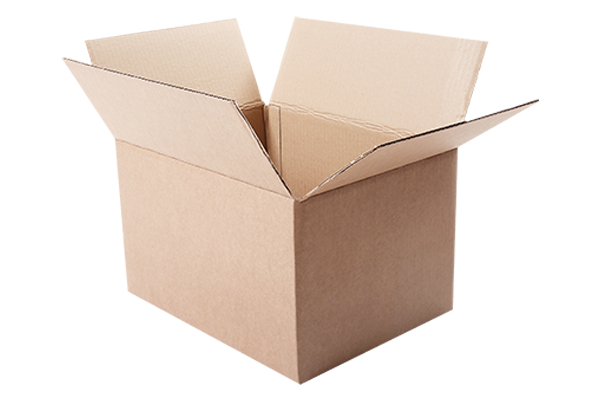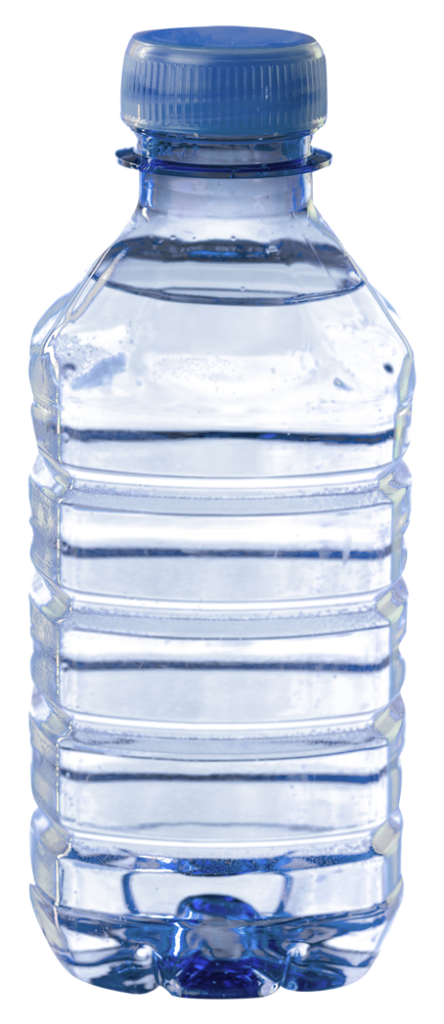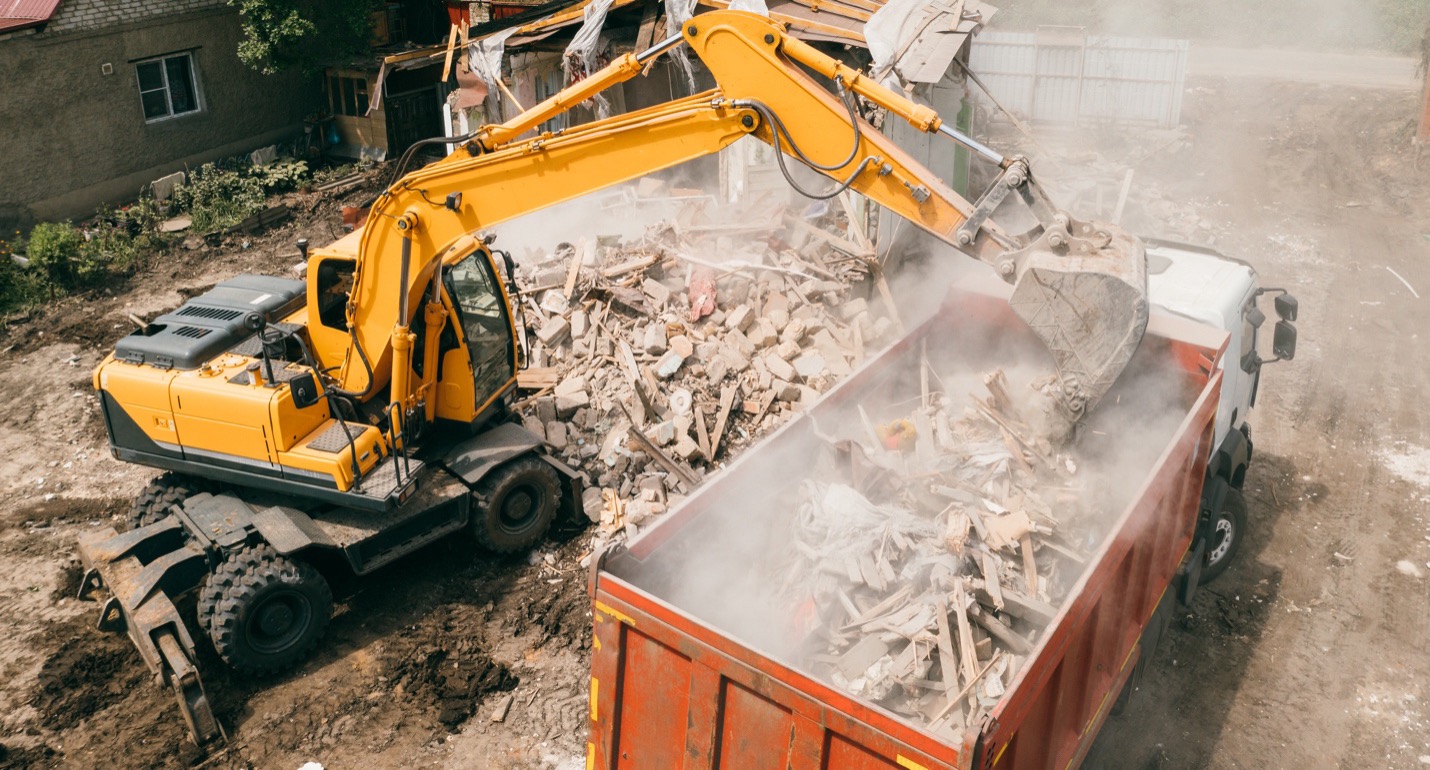2024 Trends in Commercial Recycling: Bright or Bleak Future?

Commerce produces a lot of waste, making commercial recycling programs critical for all responsible companies.
Without commercial recycling programs, commercial waste ends up in landfills. For individuals, waste ends up littered all over the ground, and in the rivers, lakes, and oceans. It kills marine life and animals, turns beautiful natural environments into eye sores, and it eventually pollutes our own drinking water systems.
But our appetite for paper, plastic, and other recyclables never rests; the belly of this beast just grows more ravenous by the day.
An OECD report predicts that by 2060, the amount of plastic waste that will be produced globally will almost triple what it is today. They go on to estimate that about half of that plastic waste will end up in landfills and less than one-fifth will be recycled.
That’s why every business from Fort Worth to Waco and throughout the great state of Texas should have the best commercial recycling program available.
Commercial Recycling: Plastic Problems
Infinitely worse than America’s opioid crisis is our addiction to plastic.
That same OECD report went on to suggest the obvious, unless we radically curb our enthusiasm for plastic, increase product lifespans, and live religiously by commercial recycling habits, plastic pollution will rise in tandem with the rising population. This means plastic pollution will multiply almost threefold by 2060.
And what adds insult to injury is how short-lived the use of the plastic is. We’re not even talking about life-saving medical devices, cars, or other essential products that utilize plastic. This report predicts that two-thirds of this plastic waste will come in the form of short-lived, cheap items like packaging, low-cost products (think water bottles), and textiles.
Can We Stop Plastic Use, Cold-Turkey?
Some idealists may imagine a rosy future of commercial recycling that doesn’t include plastic use at all. But let’s not throw the baby out with the bathwater. Remember, the reason plastic became widely used for everything is because it is extremely versatile, durable, and cheap.
Products such as electronics, white goods, cars, and toys fall under the category of consumer goods. This material serves crucial hygiene purposes through the production of disposable items like surgical gloves and face masks. Also, it functions as packaging, safeguarding delicate or perishable items like food and medical supplies from contamination. What’s more, it contributes to safety enhancements, finding applications in a diverse range of products, from bicycle helmets to electrical insulation.
Gold in Garbage
It’s for this reason that commercial and residential recycling is more than trash piles. It’s big business.
The 2020 REI Report provides updated data on recycling employment figures, wages, and tax income. According to the report, engaging in recycling and material reuse not only generates employment opportunities but also contributes to local and state tax revenues. In 2012, the recycling and reuse activities in the United States resulted in:
- 681,000 jobs
- $37.8 billion in wages
- $5.5 billion in tax revenues
This translates to 1.17 jobs for every 1,000 tons of recycled materials. The ferrous metals industry makes the most substantial contribution across all three categories (jobs, wages, and tax revenue), followed by construction and demolition (C&D), as well as non-ferrous metals like aluminum.
Discover how Evergreen and Sunbright can help your company recycle waste responsibly and make money doing it!
Plastic Trends That May Grow into 2024
Now, let’s discuss exciting new developments that could brighten our future and minimize pollution.
Over the course of several years, ongoing advancements have characterized the cutting-edge field of plastic recycling. Researchers and scientists are actively exploring sustainable methods for plastic recycling, and one notable technology in this realm is attributed to John Layman.
While employed at Procter and Gamble, Layman pioneered ‘PureCycle Technology,’ a process designed to recycle polypropylene by eliminating contaminants, odor, and color, resulting in a reusable resin devoid of impurities.
In a significant achievement, PureCycle, or ‘chemical recycling,’ successfully produced a recycled plastic shower head in 2021, setting the stage for more promising developments as we move forward. Envision the potential for municipalities to implement comprehensive plastics recycling programs, collecting and recycling residential plastic waste. The future of plastic recycling is on the horizon.
Circular Recycling Economy in Big Business
Big business is stepping up to the commercial recycling plate too. Industries are moving toward sustainability. Many consumer-packaged-goods (CPG) companies promise to sell more eco-friendly products, impacting a lot of the plastic items we use daily.
This commercial recycling effort includes bottles, caps, meal trays, and flexible film wrap. The demand for circular polymers, crucial for sustainability, is rising fast, but announcements about production capacity aren’t keeping up with this demand.
Recycled plastics are gaining momentum, with over 80 global CPG, packaging, and retail companies committing to use 15 to 50 percent recycled content in their packaging by 2025.
Europe is leading in sustainability regulations, imposing fines on non-recycled plastic packaging and implementing a ban on ten single-use plastic items. Recycling targets have been established by Australia, Japan, and South Korea for 2025 or 2030. In North America, U.S. legislation varies by state, with Canada slightly ahead in overall recycling requirements.
Conclusion of 2024 Commercial Recycling Trends
Chemical recycling and circular recycling sound like promising advancements in the commercial recycling field.
There’s unanimous agreement among waste experts that the traditional linear model of make-use-dispose, upon which our society is built, needs to be abandoned permanently. The current focus is on transitioning to this circular model.
Still, not everyone thinks it’s practical to pull off. Some argue that seamlessly integrating our economic systems into a continuous cycle of recycling and reusing is challenging.
To begin with, it requires a substantial rethinking of how we perceive waste. The term itself is misleading; according to Marcus Gover, director at the UK advocacy group WRAP. Gover says, “‘Waste’ is not truly ‘wasted material’ but a ‘valuable commodity.’” He believes the crucial recognition of this perspective shift needs to come from the companies responsible for waste management – or rather, ‘value’ management.
To learn more about Evergreen Recycling and their recycling and waste management programs visit their web site at: Evergreen Web Site
You can also reach out to them directly through this contact link: Contact Evergreen or give them a call at (817) 293-4400








